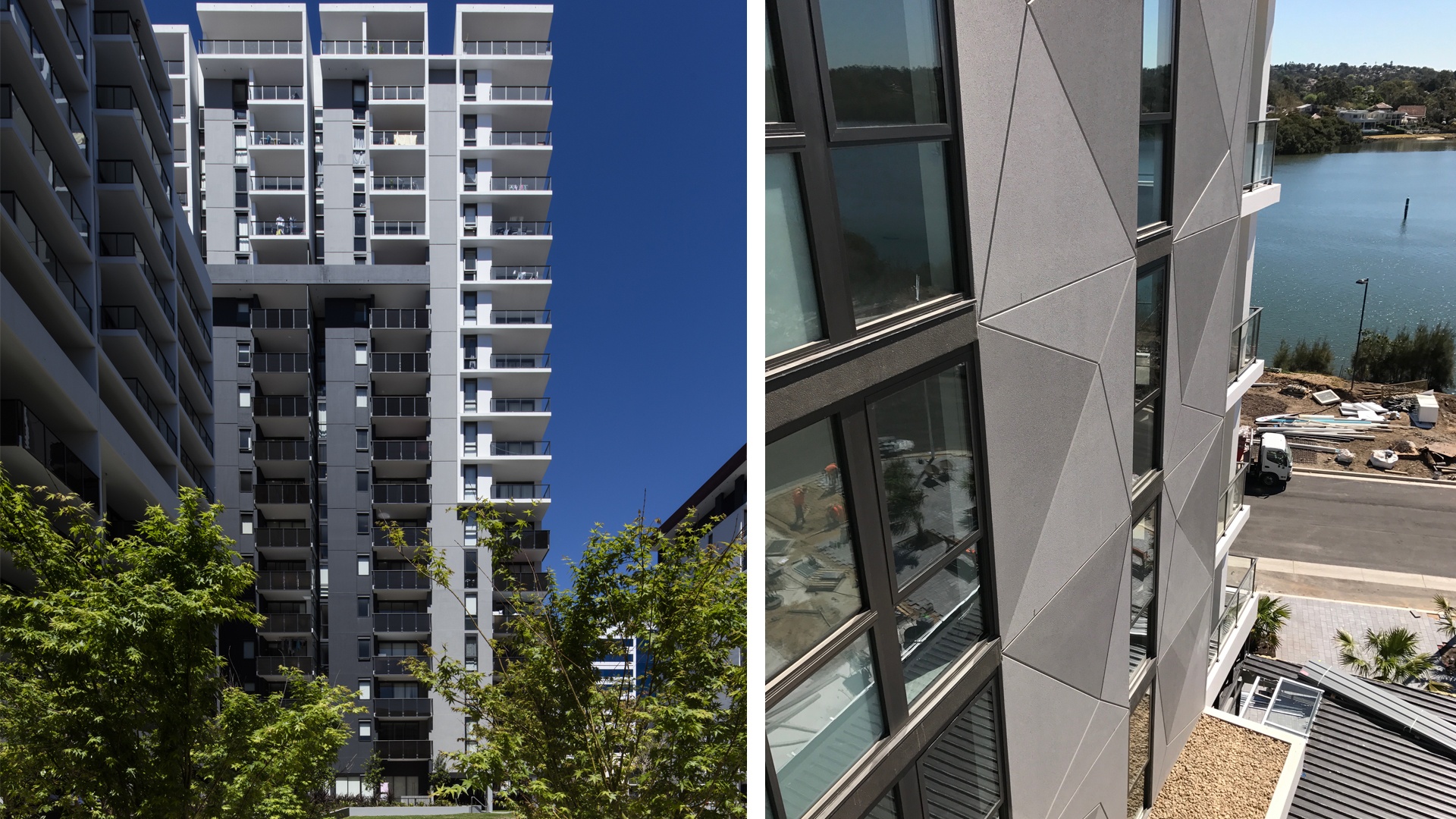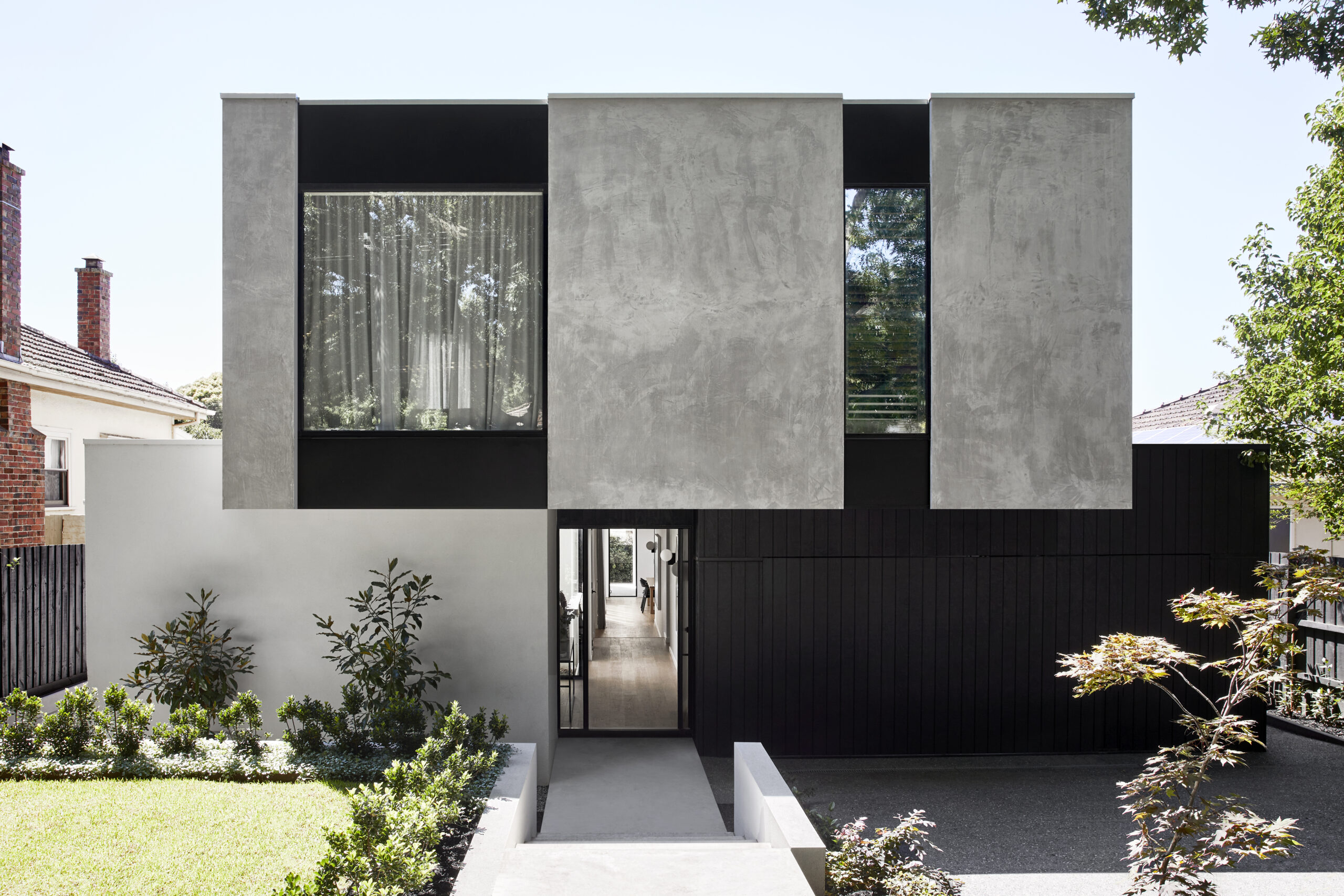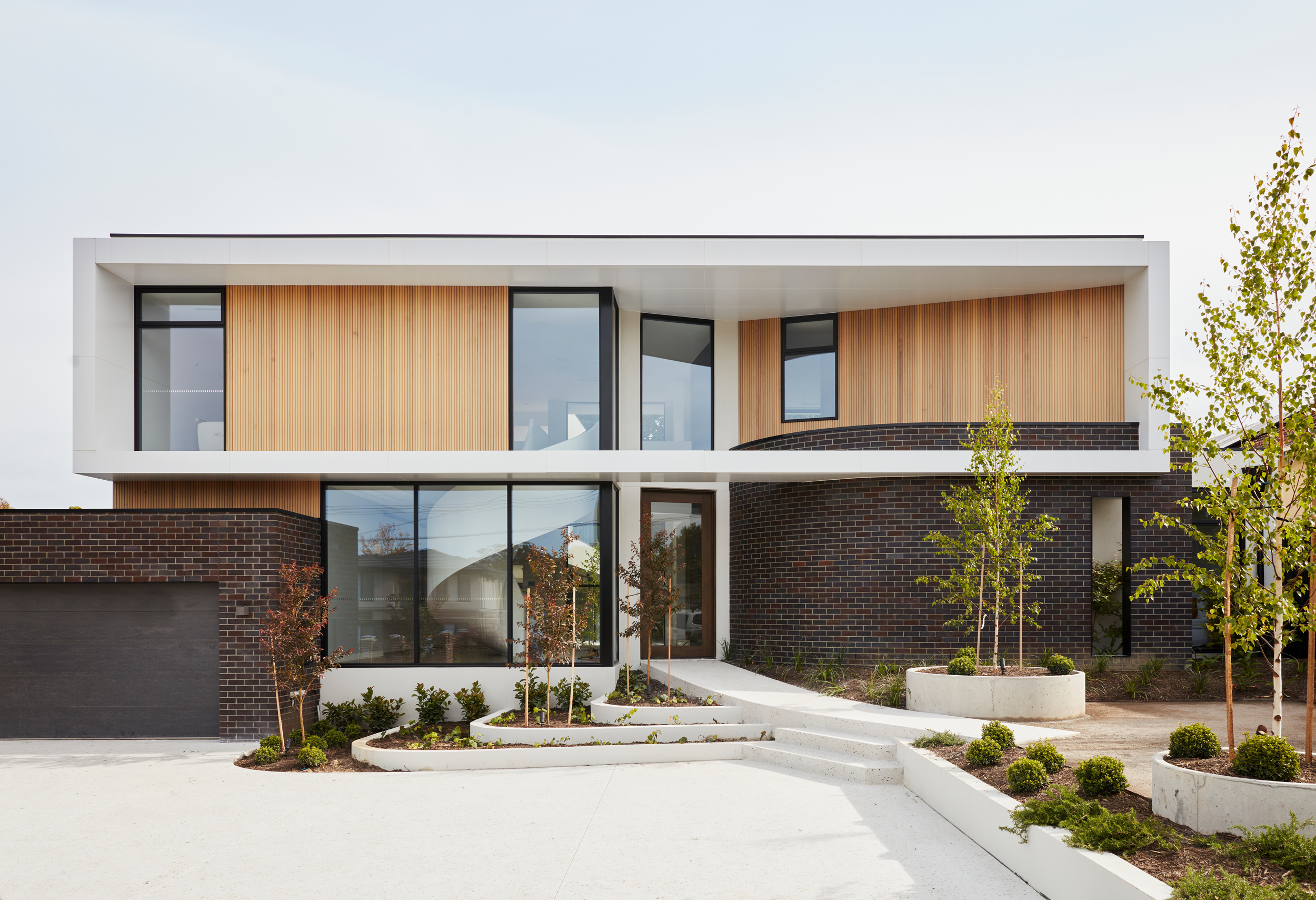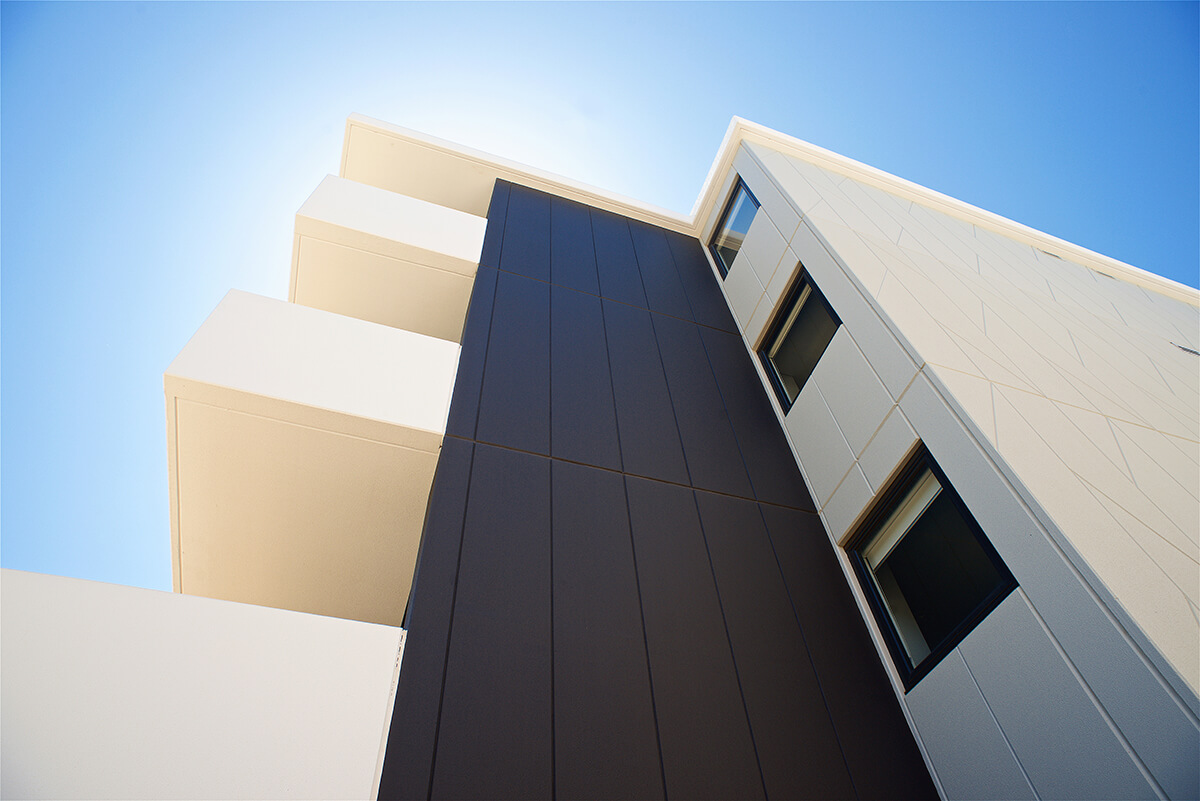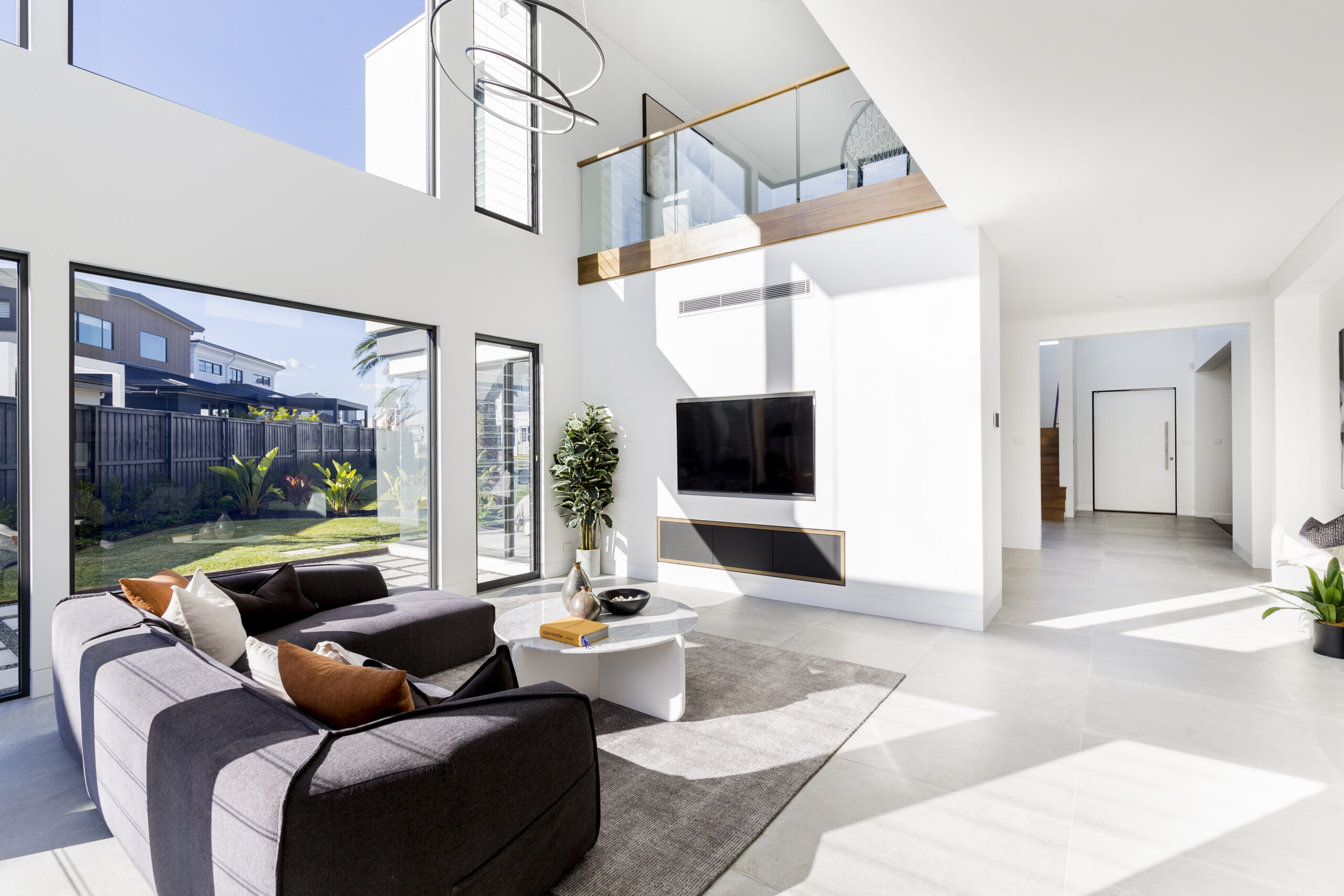
How a tour of Sydney Opera House opened new doors for Frank Stanisic
Visiting the Sydney Opera House was a life-changing experience for Frank Stanisic – but it had nothing to do with singing.
Frank was still at high school and the famous Sydney landmark was still under construction when he first saw it during a tour arranged by his Economics teacher, who was a fan of opera.
“I didn’t have any interest in opera, but I found the building itself fascinating,” Frank said. “I thought the use of the concrete and steel, and the space, was extraordinary.”
Although at that time Frank’s knowledge of architecture was as minimal as his acquaintance with opera, that one visit inspired him to enrol in a university architecture degree after he left school.
Fast forward to the present, and Frank is at the helm of Stanisic Architects, the award-winning Sydney inner city practice he established in 1990 with a focus on architecture, urbanism and interiors.
Sydney architects have strong relationship with Hebel
As part of its work, the practice has formed a strong relationship over the years with Hebel, selecting its high rise facade and internal wall systems for a variety of projects.
“We’ve used the Hebel PowerPanel system extensively for internal walls in past projects and we’re using it in projects which are currently under construction,” said Frank. “It’s our preferred internal non-load-bearing system for a number of reasons. It meets all the conditions, with excellent fire rating and good acoustics. The builders like its ease of construction, and from a documentation perspective, there is a great range of support material. The technical support and detail support for the system is just first class.”
Among the current projects in which Stanisic Architects are using the Hebel PowerPanel system for intertenancy and corridor walls are:
Imperial Hurstville: This 16-storey residential development, consisting of two towers connected by bridges, is scheduled for completion early in the New Year. It comprises about 250 apartments whose residents will benefit from its lively cosmopolitan and its communal facilities, from retail outlets to a podium courtyard, stunning sky gardens and roof terrace.
One the Waterfront (OTW): This waterside residential development at Wentworth Point will consist of eight buildings, with the first three currently under construction. As well as facilities such as an indoor theatre, open-air cinema and dining and entertainment areas, residents will enjoy the security and comfort of Hebel’s internal wall systems giving top fire rating and acoustic performance.
Highpoint: Completed 12 months ago, and again using Hebel internal wall systems, Highpoint features a communal courtyard for residents of the 448 apartments in its five separate buildings on Forest Road. A roof terrace also provides a place for residents to get together while taking in spectacular city views.
The communal atmosphere and design of such developments reflect Frank’s long-standing interest in urban architecture.
“I spent many days walking around European cities such as Berlin and Copenhagen, looking at urban housing, and my interest developed as awareness of the need for multi-residential housing grew in Sydney in the lead-up to the 2000 Olympics,” he said. “Urban living enables people to be part of the city and enjoy all its aspects, rather than being isolated from it in a suburban setting.
“Multi-residential is also much more sustainable than suburban housing. It has allowed us to develop ideas about reducing energy consumption and the carbon footprint, and having spaces that are cool and naturally ventilated. These are opportunities that can be tested and explored in multi-residential design.”
Since its establishment, Stanisic Architects has received numerous national, state, and local architecture awards, including the national AIA Frederick Romberg Award, the prestigious RAIA Wilkinson Award and many industry sustainability awards.
Hebel was a natural choice for Jewel façade
In addition to using Hebel PowerPanel wall systems internally, Stanisic Architects have also selected the Hebel High Rise Façade system for external use on some of its projects, including the striking Jewel residential development at Wentworth Point.
“This is the first time we used Hebel externally in a creative way,” said Frank, explaining that the panels had the advantage of being able to be routed and coated on site. The completed pattern, combined with the effect of perforated aluminium panels, was designed to reflect the watery pattern of the nearby Parramatta River.
The design versatility of the Hebel system, added to its other benefits of strength and solidity, high thermal and acoustic performance, sustainability and ease of installation, made it a natural choice for the façade and for other developments designed by Stanisic Architects.
Subscribe to Hebel Matters.
To stay up to date with the latest Hebel news, articles and feature projects, enter your email to sign up to our monthly e-newsletter.
Subscribe